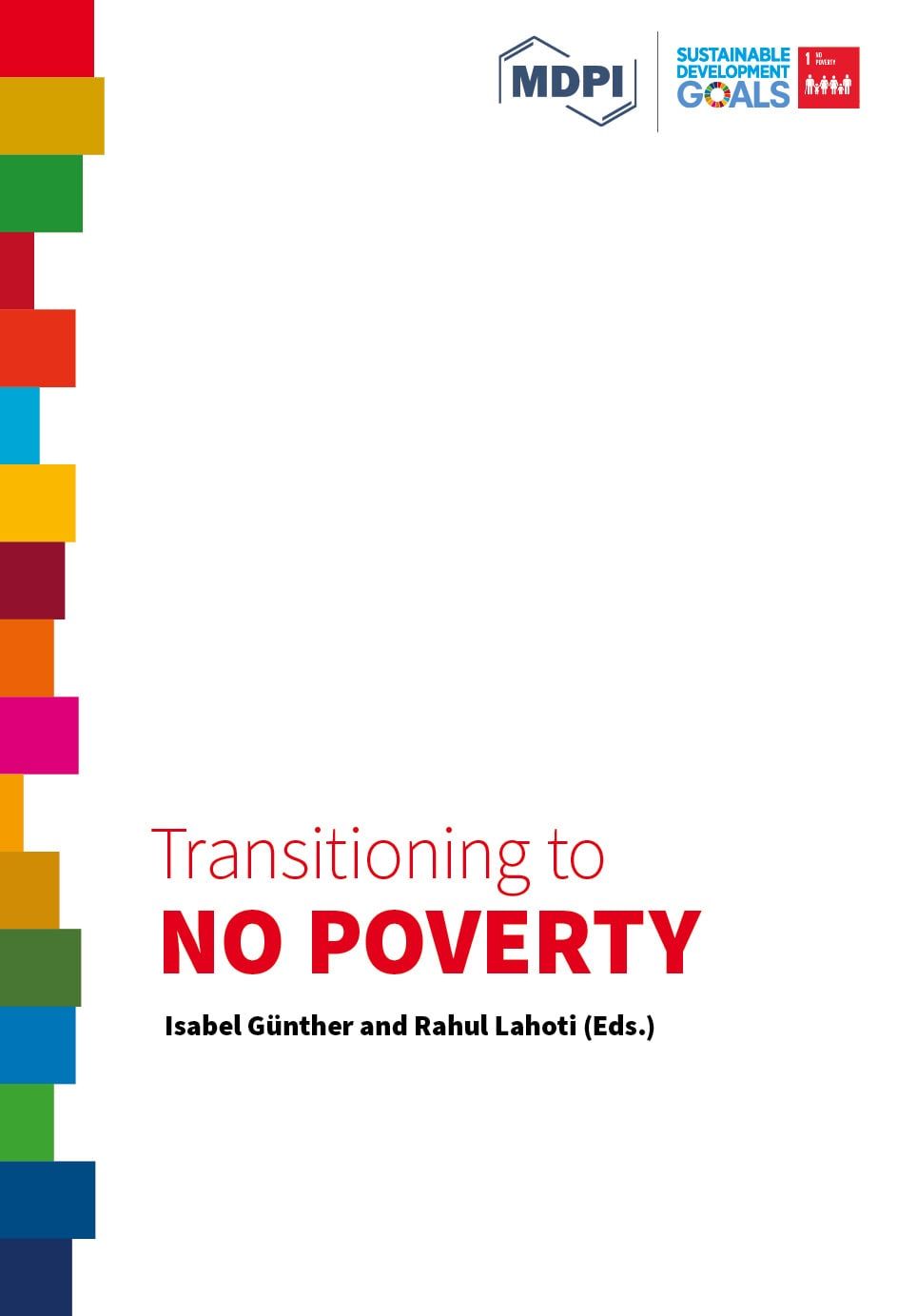Mobilizing Resources for the Poor
page 241-269
Abstract
The SDG agenda needs to extend beyond shifting programs and policies to address poverty. It also requires a range of fiscal issues to be revisited, especially in countries in Africa that are poor and also resource constrainted. Current levels of public spending in Africa that effectively reach and benefit the poor are not nearly sufficient and often poorly spent. This chapter explores how poverty reduction can be accelerated by mobilizing more resources, domestically and internationally, and by spending more efficiently and with a greater focus on the needs of the poor in terms of both raising their income today and investing in the next generation in Africa. What is the path to tackle these challenges? First, on the revenue side countries need to mobilize more resources domestically. While mobilizing domestic revenues (with VAT expansion currently a favorite vehicle), countries need to make sure the poor are net receivers. Other promising avenues include improving tax compliance, with a larger focus on local large taxpayers, corporate taxes and transfer (mis)pricing (which is a global agenda), as well as excise and property tax collection. Yet, even with improvements in domestic resource mobilization, international development assistance will still be critical in the poorest and most fragile countries, for both direct spending as well as to leverage private capital. Aid makes up more than 8 percent of GDP for half of low-income countries in Africa, but in recent years aid to countries in the region has been declining. Second, spending patterns need to shift towards more pro-poor investments and improve in terms of the levels spent in critical sectors, the instrument/programs for a given investment, and the efficiency of implementation. In levels, spending on “pro-poor” sectors has a mixed track record with some generally reaching international targets (such as education) but others falling short for many countries (health, WASH, risk management, and agriculture and rural infrastructurel). The choice of program design matters for given spending—untargeted programs can result in large shares of spending going to non-poor households. One obvious area for attention is the currently high subsidy expenditures (in energy and fertilizer)—often regressive with little impact on poverty. Cash transfers seem more effective and efficient than subsidies where evidence exists, but more is needed to compare their performance relative to public good provision for the poor in agriculture and rural infrastructure, security, risk management, education and health. Agricultural and rural spending should tilt more heavily towards investment in public goods. Finally, there are significant inefficiencies in spending that need to be addressed. The low quality of health and education services cannot be explained just by the low spending levels.
